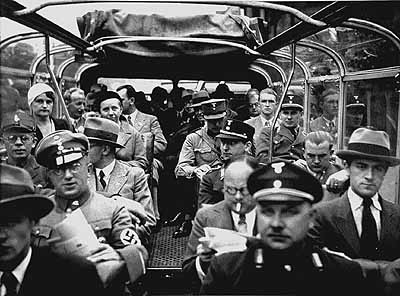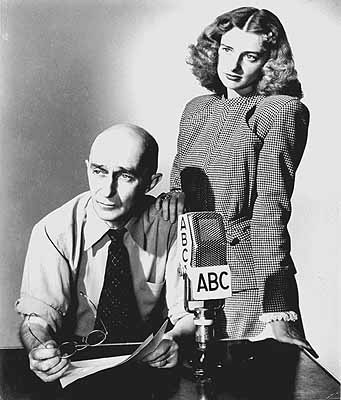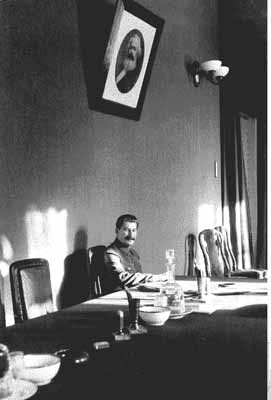
James Abbe »
Shooting Stalin. Die wunderbaren Jahre des Photographen James Abbe (1883-1973)
Exhibition: 2 Oct 2004 – 9 Jan 2005
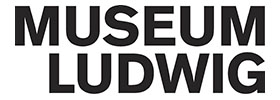
Museum Ludwig
Heinrich-Böll-Platz
50667 Köln
+49 (0)221-22126165
info@museum-ludwig.de
www.museum-ludwig.de
Tue-Sun 10-18
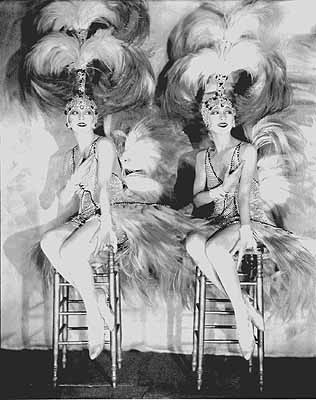
Das Museum Ludwig zeigt vom 2. Oktober 2004 bis zum 9. Januar 2005 die erste Einzelausstellung des amerikanischen Fotografen James Abbe in Deutschland. In den 20er und 30er Jahren gehörte Abbe zu den international bedeutendsten Fotografen und Fotojournalisten. Sein Werk wird mit über 200 Originalfotografien sowie neuen Abzügen von den Originalnegativen präsentiert. Einen Namen als Fotograf machte sich der aus einer Kleinstadt in Virginia stammende Abbe im New York der goldenen 20er Jahre. Hier fotografierte er die Größen des Broadway und der Stummfilmära. Dabei interessierte er sich nicht nur für die Stars auf der Bühne, sondern – und das vor allem – auch für das Geschehen dahinter. Viele seiner Aufnahmen, Porträts u.a. von Rudolph Valentino, Mae West, Josephine Baker und Charlie Chaplin, wurden zu Ikonen der modernen Bilderwelt. Andere, wie etwa die von Thomas Mann, blieben unbekannt und sind erst jetzt wieder entdeckt worden. Ab Mitte der zwanziger Jahre zog Abbe durch die Metropolen Europas – und wurde zum Chronisten der politischen Umwälzungen. Er veröffentlichte Fotoreportagen über das kulturelle Leben der Sowjetunion, die letzten Jahre der Weimarer Republik und den spanischen Bürgerkrieg. "Shooting Dictators is great fun" lautete das ironische Statement von Abbe – denn als erster amerikanischer Fotograf erhielt er nicht nur die Erlaubnis Stalin zu porträtieren, sondern bekam auch Hitler, Mussolini und Franco vor die Linse. Die Portraits von Stalin erschienen 1932 auf der Titelseite der New York Times, andere wurden u.a. in Vogue und Vanity Fair, später in Vu, dem London Magazine, in Die Dame und der Berliner Illustrirten Zeitung publiziert. Mit Abbes Rückkehr in die USA 1937 endete auch seine Karriere als Fotograf. Als Radiomoderator jedoch begleitete und kommentierte er das Geschehen der Welt und des Zweiten Weltkriegs noch bis in die 50er Jahre hinein. James Abbe starb 1973 in San Francisco. "Shooting Stalin" schließt an die äußerst erfolgreiche Ausstellung "Kiosk" an, die 2001 im Museum Ludwig zur Geschichte des Fotojournalismus gezeigt wurde. Es erscheint ein Katalog zur Ausstellung unter dem Titel Shooting Stalin: Die "wunderbaren" Jahre des Fotografen James Abbe, hgg. von Bodo von Dewitz und Brooks Johnson, ca. 330 Seiten mit ca. 330 Fotografien im Steidl Verlag. Die Ausstellung erfolgt in Kooperation mit dem Chrysler Museum of Art, Norfolk, Virginia und der National Portrait Gallery London. "Well then - get me photographs of Hitler coming out of a synagogue!" that's what Kurt Korff told James Abbe in 1932, in the editor's office of the Berliner Illustrirte Zeitung in the Ullstein house, Berlin. Then, winking knowingly at his manager Kurt Szafranski, he added: "Or get me photographs of Stalin in the Kremlin." Smiling, photo journalist James Abbe accepted the second challenge, and was in fact the first foreigner ever to take Russian dictator Joseph Stalin’s picture in his Kremlin office on the 13th of April 1932. These images went round the world and added to the photographer's fame. Even today they are still reproduced extensively even though the ‘life and work’ of this extraordinary photographer has never been adequately recognized in the annals of this medium. And this, despite the fact that James Abbe was considered one of the greats of the profession of photo journalism in its heyday at the end of the 1920s. But after James Abbe returned to the States in 1937 and almost entirely gave up photography to pursue a career in radio, he vanished into oblivion. In Germany an exhibition and a publication of James Abbe are long overdue. He was not only a brilliant photographer, he should also be counted amongst the foremost representatives of photo journalism during the Weimar Republic, together with the likes of Alfred Eisenstaedt, Erich Salomon, Umbo and Felix H.Man. He set new standards in photo journalism at that time and indeed, for the history of photo journalism as a whole. Astute, ingenious, uninhibited, smart, good at languages, highly versatile and mobile, James Abbe was the personification of the flying reporter that the readership of the day, with its hunger for pictures, demanded. Abbe was passionate about cinema, theatre, and dance – and was familiar with the stages in New York, Hollywood, Paris, Moscow and Berlin. Many of his shots and portraits of such people as Rudolph Valentino, Gloria Swanson, Josephine Baker, and Charlie Chaplin became icons of the world of modern images. Others, depicting for instance Thomas Mann, remained unknown and, surprisingly, have only now been rediscovered. The title of this exhibition (with slight alteration), incidentally, was coined by James Abbe himself: He once said "Shooting dictators is great fun" alluding to, apart from his experience with Stalin, his photo sessions with Hitler, Franco and Mussolini and he called his memoirs "My wonderful Years", published as a series from 1962 onwards in the Oakland Tribune, the summary of his busy life.
